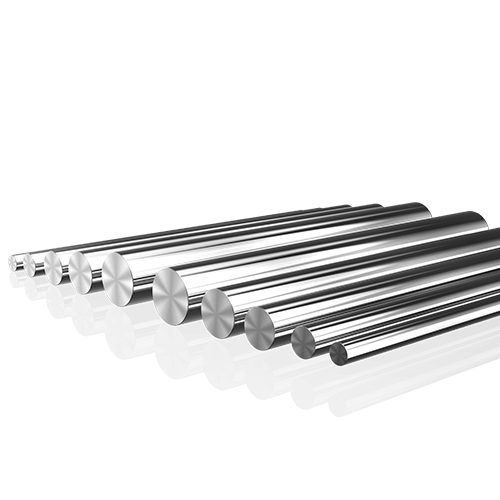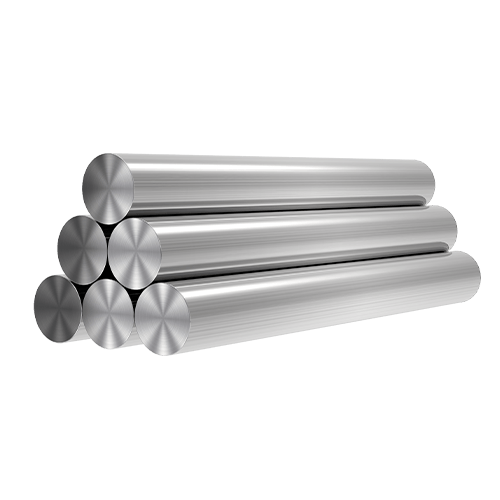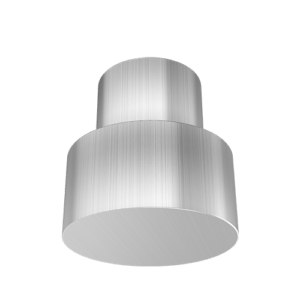Welcome to My Blog!
Before we dive into the content, I’d love for you to join me on my social media platforms where I share more insights, engage with the community, and post updates. Here’s how you can connect with me:
Facebook:https://www.facebook.com/profile.php?id=100090063158454
Now, let’s get started on our journey together. I hope you find the content here insightful, engaging, and valuable.
Table of Contents
Introduction

304 stainless steel is an austenitic stainless steel that contains a mix of chromium and nickel, offering excellent resistance to oxidation and corrosion. It is highly resistant to rust and staining, making it an ideal material for various applications, including kitchen equipment, medical devices, chemical containers, and more.
With its widespread use, it’s essential to choose a supplier that can provide high-quality 304 stainless steel that meets your specific requirements. Below are six essential tips to help you find reliable 304 stainless steel suppliers that will deliver products that meet your expectations.
Tip 1: Research Supplier Reputation and Track Record
The first step in finding reliable 304 stainless steel suppliers is to research their reputation and track record. A supplier’s reputation can tell you a lot about their ability to deliver quality materials and provide excellent customer service.
How to Research Supplier Reputation
- Read customer reviews: Look for feedback from businesses similar to yours. Positive testimonials and case studies often indicate a trustworthy supplier.
- Check certifications and affiliations: Reliable suppliers usually have industry-standard certifications, such as ISO 9001, which indicates a commitment to quality management practices.
- Seek recommendations from industry peers: Networking with others in your field can help you discover suppliers who have a proven track record.
A well-established supplier with a history of successful transactions and positive customer reviews is often a safer bet than a newer, unproven company.
Tip 2: Assess Product Quality and Performance

When choosing 304 stainless steel suppliers, one of the most critical factors to evaluate is the quality and performance of their products. Not all 304 stainless steel is created equal, and the material’s properties can vary depending on the production process and the supplier’s standards.
Key Factors to Consider:
- Chemical composition: Verify that the steel adheres to the industry standards for 304 stainless steel. A reputable supplier should provide clear details on the chemical composition.
- Manufacturing process: The supplier should offer insight into their manufacturing methods, including whether they use advanced technologies like precision casting or rolling.
- Quality control procedures: Look for suppliers who have stringent quality control measures in place, including third-party inspections and certifications.
You want to ensure that the 304 stainless steel you receive will perform well under the specific conditions required for your application. This includes resistance to corrosion, strength, durability, and other critical factors.
Tip 3: Compare Sizes, Grades, and Finishes

Not all 304 stainless steel products are the same in terms of dimensions, grades, and finishes. A reliable supplier will offer a range of sizes, grades, and finishes to cater to different needs.
Consider the Following Criteria:
- Size options: Ensure that the supplier offers the specific dimensions you require, whether you need sheets, coils, bars, or tubes. Some suppliers offer customized sizes based on your project’s specifications.
- Grade variations: While 304 stainless steel is widely used, there may be slight variations in the alloy’s composition. Check if the supplier provides different grades of 304 steel that suit your needs, such as 304L for lower carbon content.
- Surface finishes: Stainless steel finishes vary from dull matte to polished surfaces. Be sure the supplier can provide the finish you need for both aesthetic and functional purposes.
304 Stainless Steel Sizes and Grades Table
| Size Range (mm) | Grade Options | Surface Finish Options | Performance Features |
|---|---|---|---|
| 2-50 mm | 304, 304L | Mill Finish, No. 4, Mirror | High corrosion resistance |
| 3-100 mm | 304, 304L | No. 8, Matte | Excellent strength |
| 5-150 mm | 304, 304L | Bright Annealed, Satin | High durability |
| 1-200 mm | 304, 304L | Polished, Smooth | Superior formability |
The table above outlines the typical size ranges, grade options, surface finishes, and key performance features of various 304 stainless steel suppliers. Keep in mind that each supplier may offer different combinations of these factors, so it’s essential to choose a supplier that aligns with your project requirements.
Tip 4: Evaluate Customer Service and Communication
Good customer service is a critical aspect of any reliable supplier relationship. Effective communication and a customer-oriented approach are essential when dealing with large orders or custom specifications.
What to Look for in Customer Service:
- Responsive communication: A reliable supplier should respond promptly to inquiries and provide clear answers regarding product details, delivery times, and any other concerns.
- Technical support: A supplier that offers technical support can be invaluable, especially if you need guidance on selecting the right stainless steel grade or finish for a particular application.
- After-sales service: The best suppliers will also have excellent after-sales service, providing assistance with returns, exchanges, or issues that may arise with the products.
Working with a supplier who values communication and customer service will make the entire process smoother and more efficient.
Tip 5: Consider Delivery and Lead Times
When sourcing 304 stainless steel for your projects, timely delivery is crucial. Delays can disrupt your production schedules, so it’s important to find a supplier who can meet your deadlines.
What to Evaluate:
- Lead times: Ask about the typical lead times for orders of the quantity you need. A reliable supplier should provide an estimated delivery timeline and keep you informed of any delays.
- Shipping capabilities: Check whether the supplier offers reliable shipping options. Some suppliers may offer expedited shipping for urgent orders, while others may have specific regional shipping constraints.
- Inventory availability: Suppliers with a well-stocked inventory can often meet demand more quickly than those who rely on long lead times for sourcing materials.
Choosing a supplier with flexible delivery options and reliable lead times will help prevent delays in your project.
Conclusion

Finding reliable 304 stainless steel suppliers involves careful research, comparison, and consideration of factors such as reputation, product quality, and customer service. By following the six pro tips we’ve outlined in this blog, you can make an informed decision and select a supplier that meets your specific needs. Whether you’re looking for a supplier for small-scale orders or large industrial projects, these tips will help you ensure that you receive high-quality materials delivered on time and at competitive prices.
FAQ
What is 304 stainless steel, and why is it so popular?
304 stainless steel is an austenitic stainless steel alloy containing chromium and nickel. It is highly resistant to corrosion and oxidation, making it a popular choice for a wide range of applications, including in the food industry, architecture, and medical devices.
How do I know if a 304 stainless steel supplier is reliable?
To assess a supplier’s reliability, check their reputation through customer reviews, certifications, and industry affiliations. Also, verify their product quality and performance standards, ensuring they meet your specifications.
What grades of 304 stainless steel are available?
304 stainless steel generally comes in two grades: 304 and 304L. The main difference is the carbon content—304L has lower carbon, which makes it more resistant to welding-related issues.
How do surface finishes affect 304 stainless steel?
The surface finish of 304 stainless steel impacts both its appearance and performance. Polished surfaces are typically used for aesthetic purposes, while matte or satin finishes may be preferred for functional applications, such as in industrial settings.
What factors should I consider when comparing 304 stainless steel suppliers?
When comparing suppliers, consider the size range, grades offered, surface finishes, delivery times, and customer service. You should also look for certifications that indicate the supplier’s commitment to quality.
Can I get custom sizes or finishes from a 304 stainless steel supplier?
Many reliable 304 stainless steel suppliers offer customization options, including custom sizes and finishes to meet specific project needs. Be sure to discuss your requirements with the supplier before placing an order.
